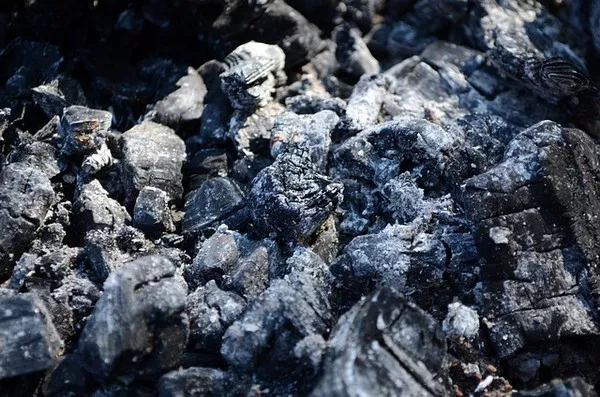New Zealand Ramps Up Fossil Fuel Generation as Hydro Power Declines
In the first seven months of 2024, New Zealand’s fossil fuel-fired electricity generation surged to its highest level in three years, driven by a significant drop in hydroelectric output. According to energy think tank Ember, total fossil fuel generation reached 4.36 terawatt hours (TWh), marking a 67% increase from the same period in 2023. This increase almost offsets the 1.86 TWh decline in hydroelectric power during the same timeframe.
Hydroelectric power, New Zealand’s primary source of electricity, typically accounts for approximately 58% of the nation’s annual electricity supply. However, drought conditions have drastically reduced hydro production, lowering its contribution to total electricity generation to just 48.6% in July—the lowest in over a decade.
Price Surge and Government Response
The reduction in hydro power has led to tighter electricity supplies and a sharp rise in wholesale power prices, which have soared by over 180% since the start of 2024, reaching record highs earlier this month. New Zealand’s electricity prices are now more than double those in neighboring Australia, contributing to some of the highest energy bills in the region.
In response to the power supply issues and escalating costs, the New Zealand government has lifted a ban on offshore oil and gas exploration and is expediting approvals for liquefied natural gas (LNG) imports. However, these measures are expected to take years to significantly impact gas supplies for power generation, meaning that tight fuel supplies are likely to persist throughout 2024.
Renewable Energy and Future Outlook
A potential solution for New Zealand’s energy challenges could lie in changes to regional weather patterns. An ongoing El Niño pattern has contributed to drier conditions across Australia and New Zealand, exacerbating the drought. However, there is a 60%-70% likelihood of a shift to a La Niña pattern later in the year, which could bring increased rainfall and boost hydro power generation.
Additionally, growth in New Zealand’s solar energy sector offers another path to improving electricity supplies. Installed solar capacity reached 455 megawatts (MW) by the end of July 2024, up from 295 MW a year earlier—a more than 50% increase in capacity. Recent installations include 40 MW of new capacity, which is expected to enhance solar generation during the southern hemisphere summer. About 44 MW of this capacity is equipped with battery storage, enabling power discharge into the grid after sunset.
In summary, while increased fossil fuel use has helped mitigate the impact of reduced hydro generation, future improvements in electricity supply may depend on favorable weather changes and continued expansion of renewable energy sources. However, rising electricity demand during the summer months could maintain pressure on New Zealand’s power network, potentially sustaining the reliance on fossil fuels despite ongoing emissions reduction efforts.

